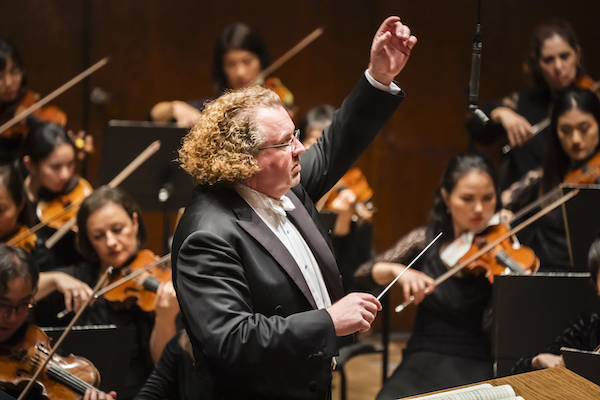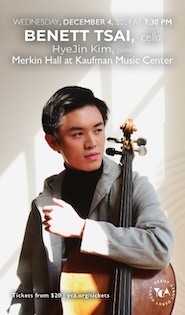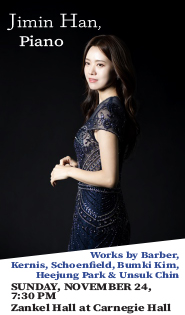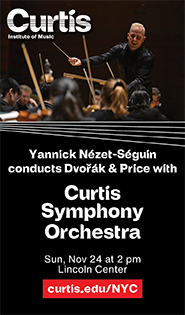French and American works provide the highlights with Denève, Philharmonic

Something unusual is going on when Beethoven turns out to be the dullest composer on a concert program. A certain kind of wag may respond that Beethoven on a concert program is such an obvious and easy decision—especially with his 250th birthday season on the horizon— that it can’t be but dull. Yet his music is more dynamic and full of personality than most everything else in the classical music world.
The New York Philharmonic’s concert conducted by Stéphane Denève Thursday night in David Geffen Hall offered a crisp but colorless, and ultimately forgettable, performance of Beethoven’s Piano Concerto No. 1 in C Major by Emanuel Ax The concert was not a loss, though, as there was fine music and characterful performances surrounding the concerto.
From a technical standpoint, the concerto performance was on a high-level—Ax and the orchestra played with precision and had as clear an articulation of every rhythm and phrase as one will hear. Nor was there any lack of energy, the playing had life to it, a good pulse and spring. But the playing never delivered the feeling that the notes had any reason for being the way they were, and there was neither expressive drama nor musical tension.
One of the qualities of Beethoven’s greatness is that he managed to capture his most honest self in the marks on the page, and often just laying those out delivers a stirring experience. But that still requires some agency from musicians, some reason for why it is Beethoven’s notes they are playing. Other than the professional skill, no reason was apparent.
Perhaps it was the unexpected company Beethoven was keeping, that the other music—Jennifer Higdon’s blue cathedral, Albert Roussel’s Symphony No. 3, and La Valse by Ravel—drew so much of their attention. The Philharmonic played each of these with a combination of relish and genuine excitement.
Higdon was on hand to introduce her piece for its Philharmonic premiere. A ceremonial work that came out of her thoughts on life and death after losing a brother to cancer, her musical response was not mourning, instead blue cathedral is a mix of contemplation and celebration of memories.
The music is full of delicate, crystalline percussion, and features a lovely dialogue between flute and clarinet, her and her brother’s instruments respectively. It begins as a lament, then turns rather joyous, with sunlit chords in the strings. There is also a long, captivating melody, that turns in unexpected ways and strives ever upward. The life and beauty of the music seemed to sweep the Philharmonic forward.
After Ax finished the first half with a relaxed encore of “Des Abends” from Schumann’s Fantasiestücke, the orchestra plunged into a high-energy second half.
With Denève conducting the entire half from memory, the performance moved from the feeling of a skillful reading to the sensations of a group of excellent musicians just playing together.
Roussel’s symphony breaks its own molds, phase after phase, and his striding, eccentric energy nicely roughed up the exceeding polish of the first half. The orchestra doesn’t play this music often enough for it to become routine and there was a rambunctious swagger that seemed infectious across all the sectors.
This spirited performance was exceeded by an explosive La Valse. Starting with a suave reading of the atmospheric introduction, the Philharmonic played with a fluid pulse, bright and lively, like a wit just before that one drink too many. The spirit of the final bars was enough to bypass thought—the snare drumming hitting one beat after the end was less a mistake than a sign of the overwhelming energy—and the listener could enjoy the pure sensation of music in the body and heart.
The program will be repeated 2 p.m. Friday and 8 p.m. Saturday. nyphil.org



